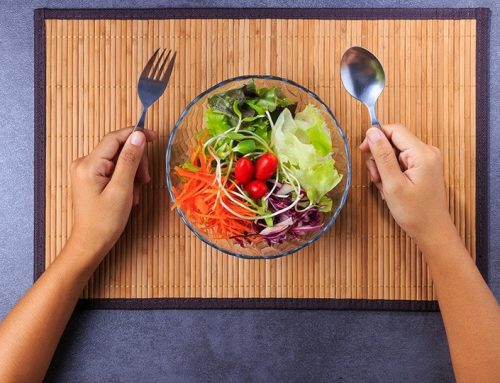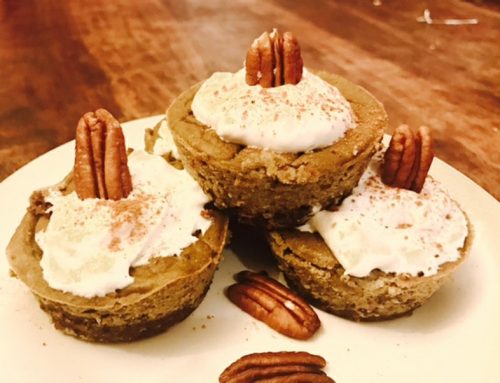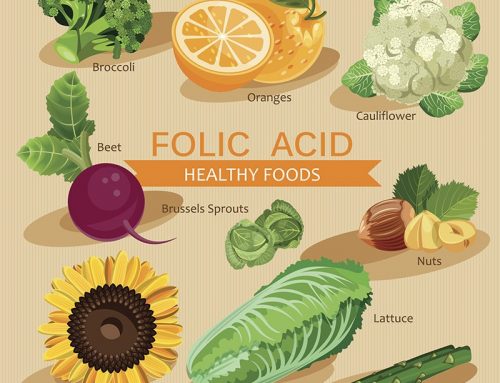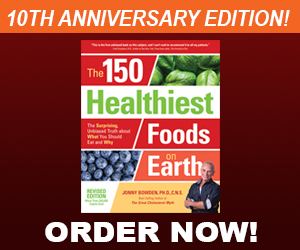New Research published in the Archives of Internal Medicine suggests that increasing potassium may be just as important as decreasing sodium.
For years, health professionals have known that not everyone is “salt sensitive”- the problem is that no one really knows who is and isn’t sensitive to sodium, so the general recommendation has been to cut back on the stuff. But there’s another part of the sodium equation that doesn’t get enough attention.
The Sodium/Potassium Balancing Act
Sodium and potassium have an interdependent relationship in the body. Much like omega-3’s and omega-6’s, they need to be in balance. And much like omega-3’s and omega-6’s in our diet, they are anything but.
So maybe it’s not so much our high intake of sodium that’s the problem, it’s our low intake of potassium!
How Much is Enough?
The “ideal” diet would pretty much contain more potassium than sodium. But our modern diet contains the exact opposite.
- The minimum daily requirement for sodium is only 500mg
- The “Adequate Intake” is set at 1500mg
- The Food and Nutrition Board recommends <2400 mg a day (the amount in one teaspoon of salt).
Of course, table salt isn’t the real problem- it’s the sodium contained in processed foods (and canned foods) that flies under the radar and increases our daily consumption into the stratosphere.
But here’s the rub- the “Adequate Intake” level for potassium is 4700 mg a day, more than three times the “AI” for sodium. Potassium is found in fruits and vegetables.
A Recent Harvard Study
Recently researchers affiliated with Harvard Medical School examined data from more than 2,000 men and women with “pre-hypertension” who were monitored for 10-15 years. The researchers found that a higher sodium-to-potassium ratio was associated with a significantly increased risk of subsequent cardiovascular disease. Interestingly, the effect of this ratio was stronger than the effect of absolute amounts of sodium or potassium.
What This Means to You
It is probably just as important to increase potassium intake from fruits and vegetables as it is to decrease sodium intake, at least if you want to protect your heart.
“Not all people should try to increase their potassium”, says W. Gifford Jones, MD. “Patients with type 1 diabetes and those taking ACE inhibitor drugs, certain diuretics or nonsteroidal anti-inflammatory drugs should consult their doctors. Some patients on these drugs cannot handle more potassium”
How to Get More Potassium and Less Sodium
The rest of us would do well to follow the “more potassium” advice. How can you best decrease the amount of sodium you’re consuming while increasing potassium at the same time?
Simple. Think fresh and unprocessed:
Buy less:
- foods with bar codes
- less TV dinners
- less canned soups
Buy more:
- Fruits
- Vegetables
- Fish
- Beans
- Nuts
- Berries
- grass-fed meats and free-range poultry















Leave A Comment